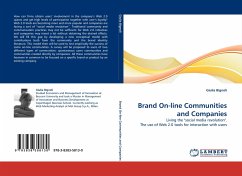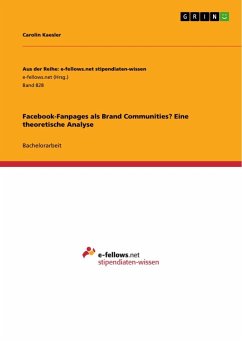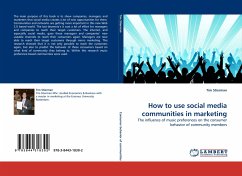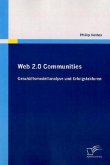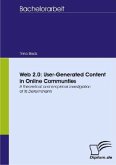How can firms obtain users involvement in the company s Web 2.0 spaces and get high levels of participation together with user s loyalty? Web 2.0 tools are becoming more and more popular and companies are facing a sort of social media revolution . Traditional community and communication practices may not be sufficient for Web 2.0 initiatives and companies may invest a lot without obtaining the desired effects. We will fill this gap by developing a new conceptual model with contributions both from the community and the brand identity literature. This model then will be used to test empirically the success of some on-line communities. A survey will be proposed to users of two different types of communities: spontaneous users communities and communities created directly by companies. All these communities have however in common to be focused on a specific brand or product by an existing company.
Bitte wählen Sie Ihr Anliegen aus.
Rechnungen
Retourenschein anfordern
Bestellstatus
Storno

